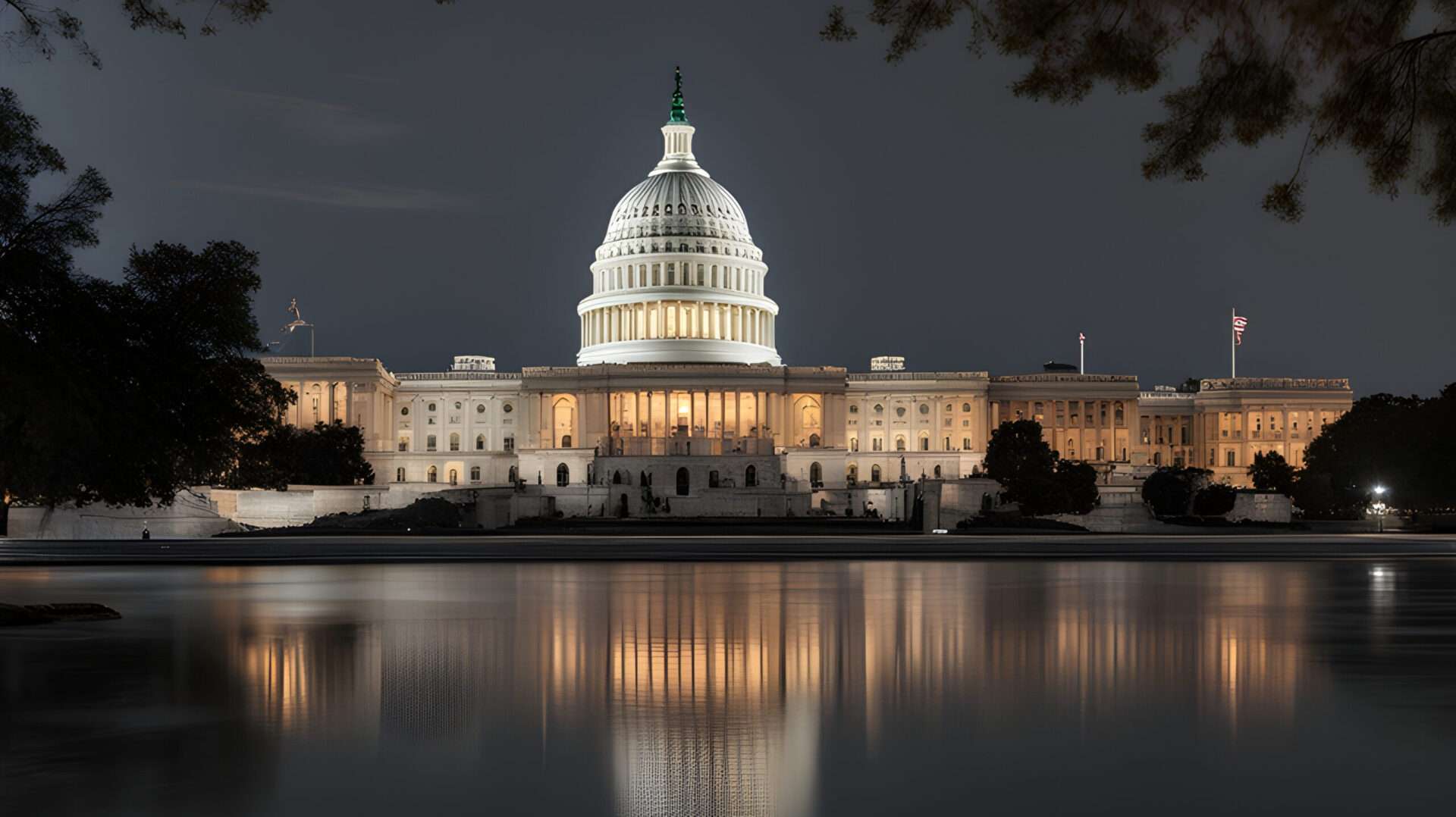Note: Political Awareness’s published communication is never authorized by any candidate or their committees.
President Donald Trump is threatening to impose a sweeping 30% tariff on all European Union imports starting Aug. 1, 2025. This comes after weeks of negotiations that failed to produce a comprehensive trade deal between the United States and the EU.
In a letter addressed to European Commission President Ursula von der Leyen, Trump has called for the E.U. to drop its tariffs and grant the U.S. full market access to reduce what Trump calls an “unfair” trade deficit. Countries including Mexico, Canada, Brazil, and Japan received similar letters.
The E.U. called the tariff threat unjustified and harmful to vital transatlantic supply chains. President von der Leyen said the 30% levy would disrupt trade flow that benefits businesses, workers, and consumers on both sides. She reaffirmed that the E.U. will continue talks with the U.S. and try to reach a deal before the Aug. 1 deadline; however, the E.U. will prepare countermeasures if needed.
The proposed tariff could affect E.U. exports such as vehicles, machinery, and pharmaceuticals. Trump said that these 30% tariffs are separate from the others, suggesting that the 50% on steel and aluminum, and 25% on the auto industry, will remain.
In 2024, Europe had a trade surplus with the U.S., which reached €197 billion. Trump frequently cites this figure as proof of what he describes as unfair treatment.
E.U. lawmakers pledge retaliatory tariffs if new American tariffs are implemented. Some experts warn that this can lead to a dangerous cycle of tariffs and counter-tariffs, similar to past trade conflicts. However, they have also said that Trump has backed down from tariff threats in the past.
As the deadline approaches, businesses across Europe are bracing for supply chain disruptions and price increases. Policymakers scramble to defend Europe’s economic interests while also meeting U.S. interests in increasingly uncertain trade negotiations.

Leave a Reply